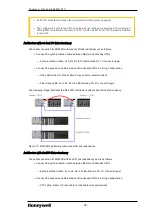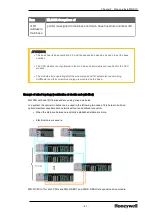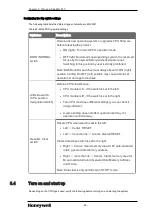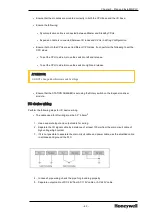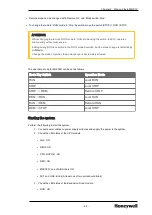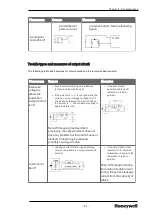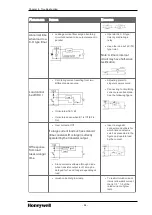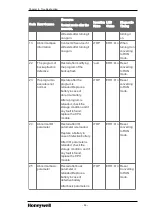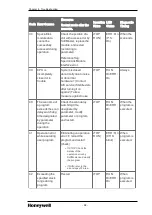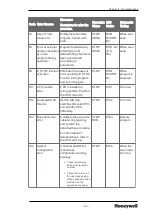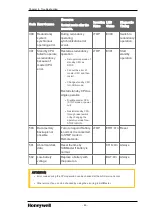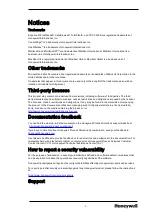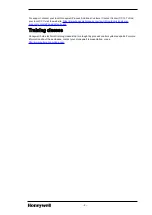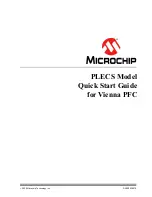
T
ROUBLESHOOTING
4.1
4.1 Overview
This chapter describes the types of potential errors that may occur while operating the system, causes
of errors, ways to detect them, and corrective measures.
4.2
Basic troubleshooting procedure
To improve the reliability of a system, it is important to take corrective measures promptly, when a
trouble/fault occurs. To recover the system from the fault immediately, it is most important to quickly
detect the potential causes of a fault and take corrective measures. To troubleshoot the system
correctly, ensure the following cautions and procedures are followed:
1. Check the following manually.
a. Operation status (Stop and Run).
b. Power On/Off status.
c. I/O device status.
d. Wiring status (I/O wiring, expansion, and communication cable).
e. The status of each displays (POWER LED, RUN/STOP LED, I/O LED, and so on),
connect to peripherals, and check the operation condition and program.
2. Check for any abnormality.Observe how a fault changes by executing the following:
l
Move the key switch to STOP and turn it On/Off.
3. Restricting range. Estimate by which factor, a fault occurs:
a. Is it from the PLC or external factor?
b. I/O module or others?
c. PLC program?
4.3
Cases and remedies for failures
Trouble types and measures of input circuit
The followings table lists examples of common faults and the recommended measures.
- 51 -
CHAPTER
4


